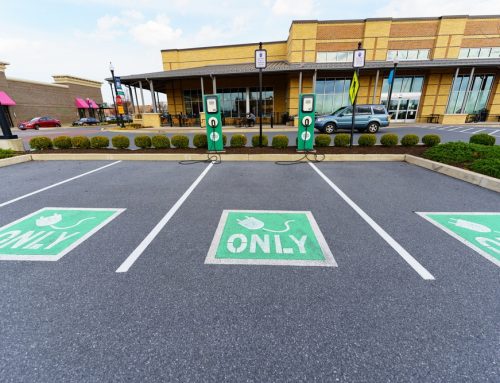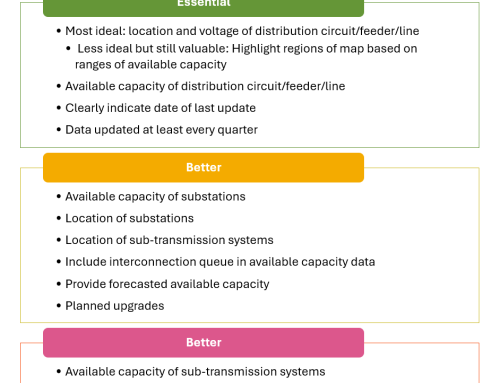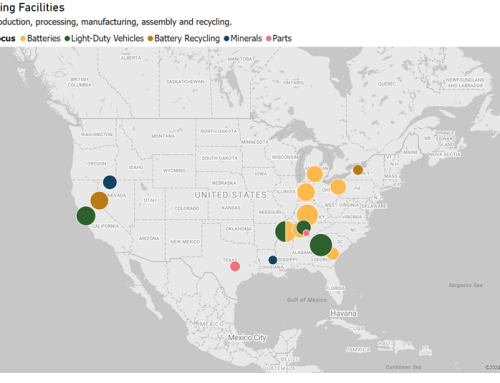
Source: Atlas Public Policy
Utilities are scaling up their investments in transportation electrification and planning for a future with more EVs on the road. Compared to 2019, approved utility investment in EV programs tripled in 2020. The $1.2 billion in approved programs last year represents 40 percent of the almost $3 billion in all-time approved utility investment through February 2021.
More than 95 percent of the investment approved in 2020 occurred in the second half of the year. This surge came in the third quarter of 2020 with the approval of $701 million across six utilities in New York in July and the approval of Southern California Edison’s $436 million Charge Ready 2 program in August. By comparison, only $60 million in utility investment was approved between January and June 2020. In total, approvals in 2020 could support up to 101,000 Level 2 and 1,875 DC fast charging stations.
Also worth highlighting from 2020 are the states that saw their first significant utility investments in transportation electrification. This group includes North Carolina, South Carolina, and Virginia. Duke Energy was approved to invest $25 million in North Carolina, roughly a third of the $76 million the company initially proposed in March 2019. However, the Commission has instructed Duke to meet with stakeholders and refile additional programs based on specific guidelines. Duke was also given the green light to invest $8.8 million in DC fast charging in South Carolina. Rounding out 2020 utility investments in the region, Dominion Energy was approved to invest $20 million in a range of programs including transit bus electrification. This surge in investments in the Lower Atlantic region in 2020 continues to fuel a regional EV market on the rise across the Southeast.
Despite this increase in programs in other regions, the West Coast and Central Atlantic region are far ahead of the rest of the nation in terms of total approved utility EV investment. The New York approvals in 2020 represent a possible future for electric utility investment in transportation electrification with larger programs being rolled out across multiple utilities operating in a single state. Before 2020, California was the only state with more than $100 million in approved utility investment. New York became the second state to cross this threshold in 2020. So far in 2021, both New Jersey and Colorado have also crossed this investment threshold with two approvals worth a combined $226 million in New Jersey and a $110 million transportation electrification plan from Xcel Energy in Colorado.
The early activity in these two states in 2021 has reduced the amount of pending investment to just $387 million. Without new filings, utility investment in EVs could be lower in 2021 than it was in 2020. Alternatively, states could follow the approach of California when they enacted AB 841, which requires utilities to invest in utility side of the meter infrastructure to support EV charging without pursuing formal regulatory approval. It also requires that 35 percent of all investment be designated to underserved communities. This continues to be a focus of utility programs with more than $766 million in potential investment committed to promoting transportation electrification in underserved communities through the end of 2020. You can track updates to utility programs on the Utility Filings Dashboard.


